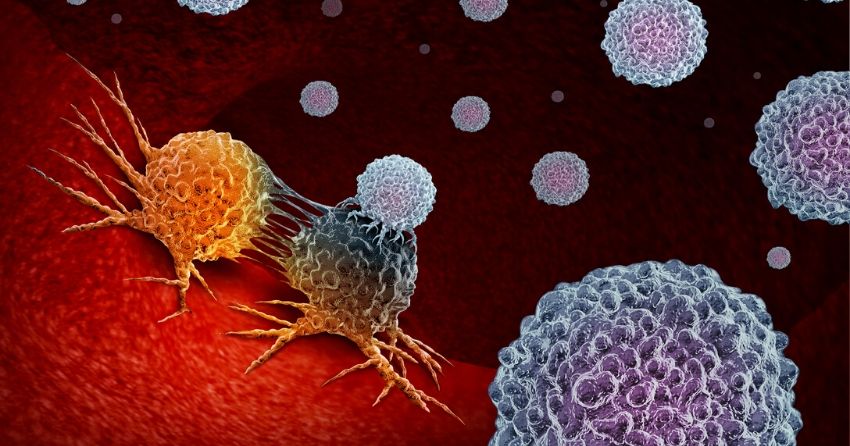Anti-Aging Interventions Work By Enhancing Autophagy

-
Autophagy is a cellular recycling process that eliminates damaged cells and can lead to a slowdown in the aging process.
-
Most anti-aging interventions involve the enhancement of autophagy in some way, including caloric restriction.
This commentary was posted by Reason on FightAging.org:
Most of the interventions shown to slow aging in short-lived laboratory species produce their effects through up-regulation of autophagy, a collection of cellular maintenance processes that recycle damaged or unwanted proteins and cell structures. This is an important part of the cellular response to various stresses, from heat to lack of nutrients. Since short-lived species have quite plastic life spans when subjected to this sort of stress, particularly to calorie restriction, and since these mechanisms have many component parts that influence the whole, ways to trigger stress response pathways have tended to be the interventions discovered by screening of compound libraries.
This review article was published in Frontiers in Cell and Development Biology in November 2019 (excerpt):
Aging is accompanied by progressive decline of autophagy in many organisms. A reduction in autophagy during aging was demonstrated in a study that carefully examined autophagy in different tissues throughout adulthood of long-lived daf-2 and glp-1 C. elegans mutants, and showed that intestinal autophagy inhibition abolishes longevity only in glp-1 mutants. In mice, neuronal and glial specific deletion of either of essential autophagy genes atg5 and atg7 results in short-lived animals displaying neuronal protein accumulation and neurodegeneration. This highlights the importance of autophagy in removing damaged proteins in non-dividing neuronal tissue, and the potential of therapeutic autophagy enhancement in neurodegenerative disease.
Evidence for the role of autophagy in aging was first shown in daf-2 long-lived worms, where RNAi-mediated downregulation of the autophagy gene bec-1 completely abrogated their pronounced longevity. Since this discovery, dependence on autophagy enhancement has been demonstrated in nearly all longevity-promoting interventions. For instance, lifespan extension by dietary restriction, mTOR inhibition, AMPK up-regulation, mitochondrial mutations, and the above mentioned germline glp-1 mutation, all require functional autophagy for lifespan extension. In all these long-lived mutants, lessening autophagy by RNAi returns lifespan toward wild type levels. However, controls treated with similar autophagy-reducing RNAi interventions do not display altered longevity, suggesting that the residual autophagy levels are sufficient to maintain normal lifespan. It is worth noting that the nutrient-sensing pathways implicated in longevity have pleiotropic effects on metabolism, and often, under conditions when autophagy is up-regulated, this also impacts on other anti-aging processes such translation. It is thus challenging to fully evaluate exact contributions of different down-stream effectors on overall longevity.
Manipulations that increase autophagy directly are valuable but sparse, and complicated by the fact that that numerous autophagy genes are involved in different stages of this multistep process. Moreover, overexpression of only one autophagy gene does not necessarily trigger autophagy. Nevertheless, there are some very valuable exceptions that directly show how important this process is in aging. For instance, overexpression of Atg8a in neurons, as well as Atg1 overexpression in neuronal tissue or muscle, extends lifespan in Drosophila. In addition, mammalian lifespan was extended by an ubiquitous increase of Atg5 in mice, and was accompanied by improved motor function. Further studies of autophagy manipulation in different tissues will help to elucidate further tissue-specific effects and the impact of these on organismal aging. In particular, combining longevity experiments with healthspan parameters, such as motor function, cardiovascular deterioration, neuronal loss, and insulin sensitivity, will facilitate the discovery of pharmacological targets for disease prevention and treatment.





